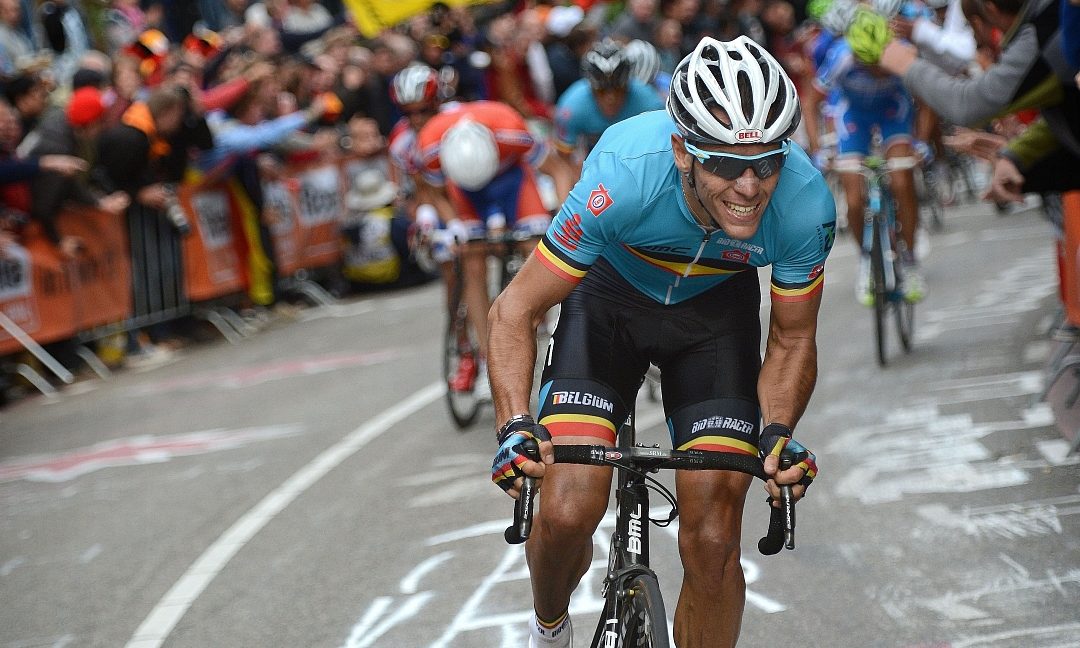In this post we are going to take a look at what is required for shorter efforts in races such as a one minute climb or a solo a quick 30 second effort to bridge to a breakaway.
Going Anaerobic
When we think of Tour de France pros, we generally think endurance, aerobic efforts and lactate threshold, but equally important is their ability to deliver short, intense efforts when required. Two elements are involved here:
- anaerobic power (the amount of power delivered via anaerobic metabolism 1-120s)
- repeatability of this anaerobic power (the ability to repeat anaerobic efforts e.g. how many can you deliver and recover from) – we will look at this in a future post.
Anaerobic Power
It is not uncommon for a race to finish with a punchy short climb requiring a significant amount of anaerobic work. Several factors are involved:
- 30-120 second intense efforts use the glycolytic system (the fuel used is blood glucose or muscle glycogen.
- Note: for short hard efforts of ten seconds or less, the phosphagen system is used.
- When oxygen is not supplied fast enough to the muscles, we have anaerobic glycolysis.
- This results in the build up of hydrogen ions (raising muscle ph – or becoming more acidic). As the muscle ph increases, it spells the end for these short, hard efforts as the muscles rapidly fatigue.
- Anaerobic glycolysis is also a lot less efficient than aerobic glycolysis and rapidly reduces muscle glycogen.
As with any duration of effort in races, there will be riders who have good absolute power (larger, strong riders e.g. classics specialists like Tom Scully) and those with good power to weight (climbers such as Richard Carapaz). Both deliver phenomenal power over periods of 30-120 seconds, but in different ways. Scully may well deliver more than 700-1200w (8.5 – 15w/kg) for 30-120s, while Carapaz is likely in the range of 550-900w (10-16w/kg), but is a lot lighter and therefore goes uphill like a rocket. So it’s horses for courses with Carapaz or Scully not likely to even be able to hold the others wheel on their rivals specialist terrain.


